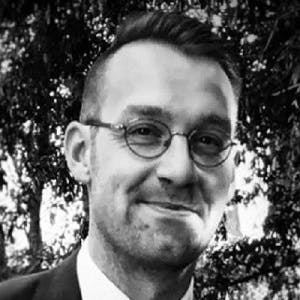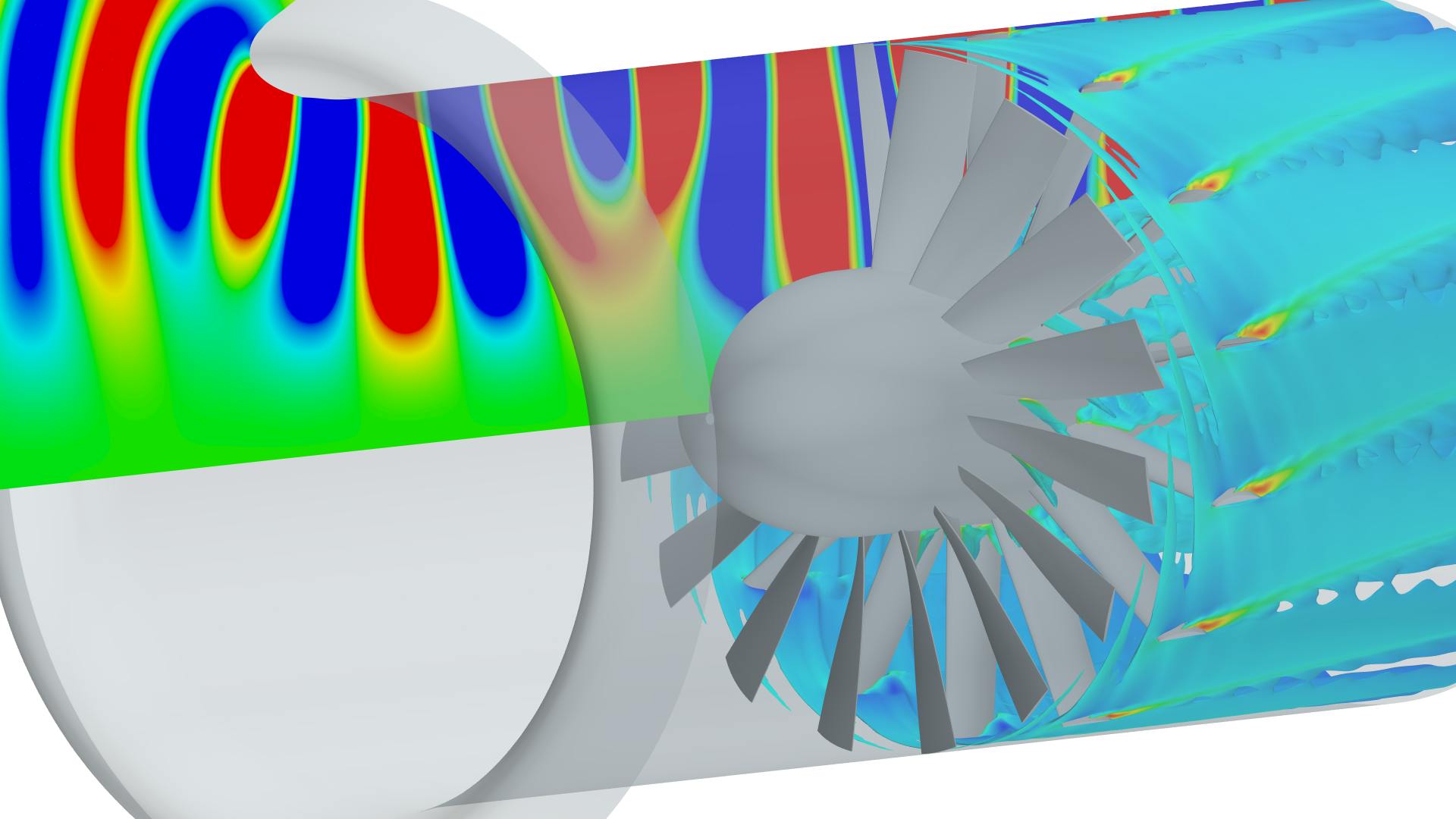As air travel is set to increase significantly in the next 20 years, jet engine noise reduction is becoming an area of focus for the aviation industry. Ducted fan noise is becoming a dominant source of jet engine noise for most flight phases. For conventional turbofan architectures, this can be linked to the continuous increase in bypass ratio (hence fan diameters) and the reduction of nacelle inlet length. For electrified powertrain concepts that rely on fans to produce thrust, such as urban air mobility applications, reducing noise emissions is critical for certification and market success, due to the lower flight altitude and flight routes within urban environments.
Turbofan engine noise mitigation
For numerous applications, mitigation of ducted fan noise emission is a major design challenge, particularly in the context of aircraft propulsion, where certification standards have become more stringent over the last decades to support sustainable mobility solutions that protect the environment.
With current design practices, many physical tests on stationary rigs or during fly-over tests are still required to fulfill all design requirements. Numerical methods have the potential to improve that process by reducing the time and cost to assess design variants. To be effectively deployed within the industry, these methods must be able to capture the major physical phenomena while offering a competitive computational cost.
With this objective in mind, this webinar introduces the capabilities of Simcenter to simulate ducted fan noise emission. An application example will illustrate how technologies from the Simcenter portfolio can be combined to support jet engine noise reduction.
Ducted fan design with simulation
Join this webinar to learn more about:
- Digital twins and how they can help jet engine and gas turbine manufacturers model the most complex physics faster
- The role of cross-disciplinary simulation workflows in turbomachinery component design and optimization
- Acoustics simulation and testing with Simcenter: Capabilities overview and examples of application
- Predicting the tonal noise due to rotor-stator interaction at a reduced computational cost with an application to a ducted fan design
Meet the speakers

Erik Munktell
Simcenter Solution Manager for Aircraft Engine
Erik has worked with gas turbines for 13 years in various R&D roles. Erik joined Siemens Digital Industries Software in 2018. Today, he is an industry consultant for turbomachinery within the simulation and test segment.

René Braun
Senior Product Manager Simcenter for Turbomachinery Applications
René Braun focuses on Simcenter cross-portfolio alignment to provide seamless design and analysis workflows to serve the challenges of turbomachinery industry applications. Before joining Siemens Digital Industries Software, René had more than 10 years of experience within the turbomachinery industry, where he was head of aerothermal gas turbine design groups as well as of turbomachinery design and performance software development groups.

Sylvain Pluchart
Simcenter Application Specialist, Turbomachinery
Sylvain joined Siemens Digital Industries Software in 2014. He is currently developing cross-disciplinary simulation methodologies applied to turbomachinery components design, involving topics like fluid-structure interactions and aero-acoustics simulations.
